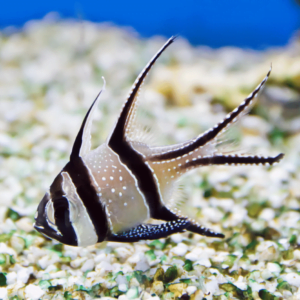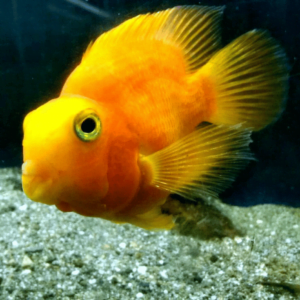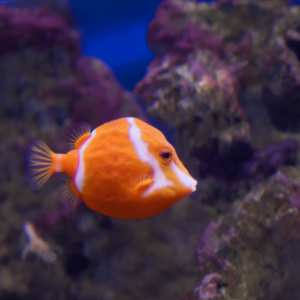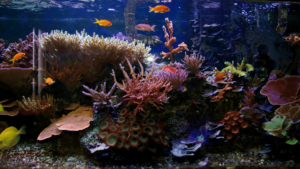Uncover the Calm of Life Below the Surface
Uncover the calming beauty of life below the surface with Aqua Joy Life. From detailed setup guides to care tips, find everything you need to create your perfect underwater escape.


Colorful Aquarium Fish: Make Your Tank Pop
For both new and experienced aquarium lovers, a tank full of colorful aquarium fish is more than decoration — it’s a living centerpiece. Bright, healthy fish add visual interest and reflect careful husbandry: the right mix of species, water chemistry, and maintenance makes an aquarium thrive. Whether you keep a planted freshwater aquarium or a saltwater display, the wide range of colorful fish available means you can build everything from a peaceful community tank to a bold species-focused showcase. To help you choose, a list of the most colorful fish is ready — each entry below includes quick care notes so you can match color, behavior, and tank requirements. Key Takeaways Pick colorful fish that match your tank type: freshwater or saltwater, planted or minimalist. Vibrant fish indicate good care — proper water, diet, and space are essential. Learn species basics (size, temperament, water needs) to build a harmonious community or species tank. Read the species care sections below for practical tips and stocking ideas — then plan your tank around water parameters and compatible tank mates. Understanding the Appeal of a Colorful Aquarium A vibrant aquarium can transform a room into a living piece of art. Beyond looks, a well-planned display brings calm and focus — a visual retreat that fits any home or office. Whether you’re building a planted freshwater aquarium or a minimalist community tank, thoughtful design makes the difference. Setting up a tank requires planning: choose a cohesive palette, place aquatic plants and hardscape for depth, and arrange fish so colors and behaviors complement one another. For example, a deep blue background makes orange or red fish pop, while a lighter substrate highlights subtle pastel colors. Think of your aquascape like interior design. Color choices, lighting, and plant placement shape how your fish stand out — and how the tank fits the room. Make sure your layout also meets your fish’s needs for hiding spots, swim space, and compatible water conditions. The Role of Color in Aquatic Presentation Color theory helps when you plan a display: complementary colors (blue vs. orange) create striking contrast, while analogous schemes (blues and greens) deliver a calm, natural feel. Use aquatic plants like Java fern, Anubias, or Vallisneria to add texture and color contrast; driftwood and rock can provide warm neutrals to balance bright fish. Lighting is also key — full-spectrum or plant-friendly LEDs will enhance both plant growth and fish colors. Aim for a balance that shows off hues without stressing your fish. How Vibrant Tanks Improve Well-being…
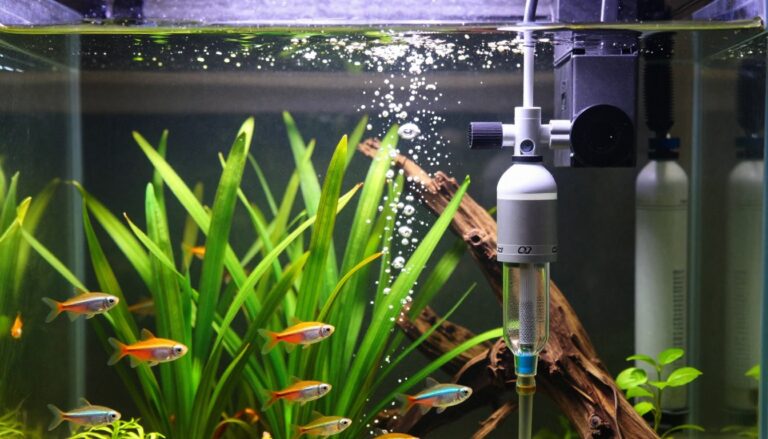
Aquarium CO2 Systems: Boost Plant Growth & Fish Health
Healthy planted tanks start with balance. Aquatic plants need two basics: light and carbon. When those factors are out of sync, algae can take over and ruin the look and function of a planted aquarium. Injecting carbon helps plants grow fuller and bushier. It lets plants outcompete algae for nutrients and gives hobbyists more predictable results than hoping plants “take off.” This buyer’s guide will define what an aquarium co2 system is, compare real-world options, and explain essential parts. You’ll learn how to match a setup to tank size, goals, and budget. The core promise: when light, carbon, and nutrients work together you get better plant growth, steadier nutrient uptake, and clearer algae control. This approach works for low-light community tanks and high-demand aquascapes if tuned responsibly. Fish and shrimp safety stays front and center. We also cover price honestly—upfront cost versus refill value—so you can buy once and enjoy long-term stability. Key Takeaways Aquarium CO2 Systems. CO2 supports stronger, bushier plant growth and reduces algae pressure. Learn system types, parts, and how to size a setup for your tank. Both low-light and high-light tanks can benefit when tuned correctly. Prioritize fish and shrimp safety while optimizing performance. Consider upfront cost and long-term refill value before buying. Why CO2 Changes Everything in a Planted Aquarium…

Clown Loach Care: Tips for a Thriving Aquarium
Clown Loach Care: Chromobotia macracanthus at a Glance — Meet Chromobotia macracanthus, a striking bottom-dwelling clown loach that brings bold black stripes and red-orange fins to the freshwater aquarium. This charismatic fish is beloved by hobbyists who love fish and enjoy lively community tanks, but it has long-term needs you should plan for. Adults typically reach about 12–13 inches, so map tank upgrades now rather than later; these loaches are not ideal for small, short tanks. They belong to the Botiidae family and are the sole member of their genus, making this species a special addition for keepers who value accurate information and stewardship. Expect playful, crepuscular behavior: soft clicking, synchronized chases, and occasional side-lying rests that can alarm new owners but are usually normal when water is stable. They’re most active at dawn and dusk — a great time to watch a confident school display natural behavior. Key Takeaways Common name: the Clown Loach (Chromobotia macracanthus). Appearance: a vivid freshwater species with three dark bands, bright orange-yellow body, and red-orange fins. Size planning: plan for adult size of about 12–13 inches and provide a robust aquarium long-term. Activity: crepuscular—most active at dawn and dusk. Care note: watch for barbels and small eye spines when handling; use soft nets and stable water. Reward: interactive and social, clown loaches give years of enjoyment to committed stewards. Start Here: Your How-To Roadmap to a Thriving Clown Loach Aquarium Begin with stable water, warm temps, and plenty of hiding places to speed acclimation and reduce stress. This short guide gives practical, current steps you can use immediately to set up a healthy clown loach tank. What you’ll learn in this guide: How to maintain steady 82–86°F water and prevent temperature shocks using reliable heaters and backups (aim for 3–5 W per gallon as a rule of thumb). Quarantine steps to catch ich early and when to safely use treatments like Ich‑X or aquarium salt (follow product dosing instructions).…
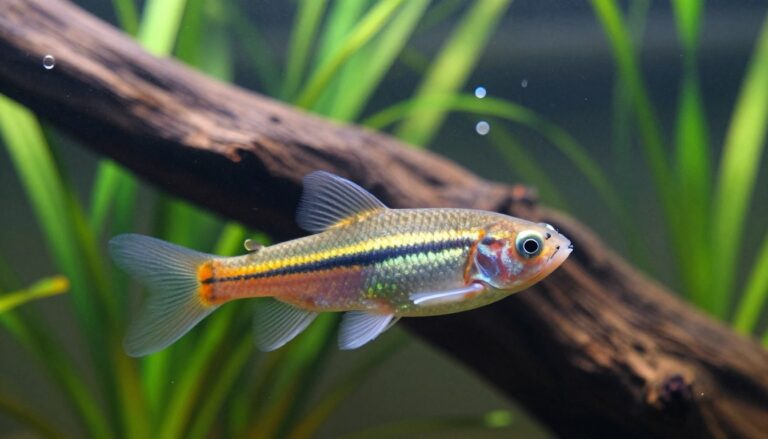
Bristlenose Pleco Care: Tips for a Healthy, Happy Fish
Welcome to simple, reliable care for a popular freshwater species. These armored catfish make great…
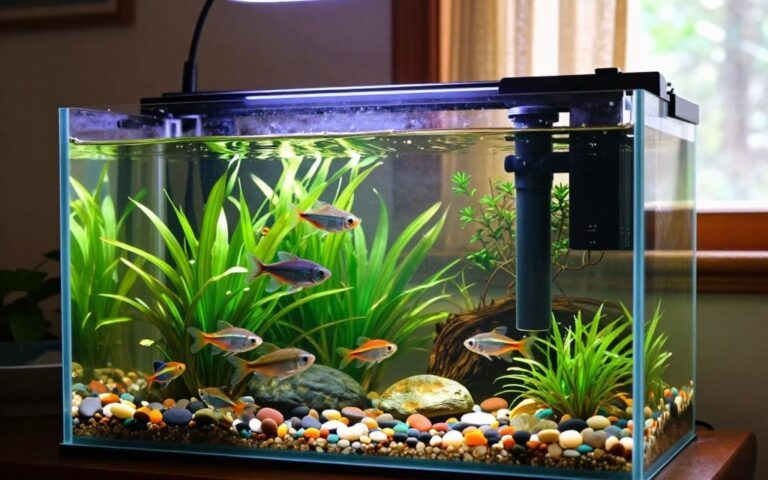
Starting Fish Tank: Tips for New Aquarium Owners
Setting up your first aquarium is both thrilling and steady work. Expect about one to…
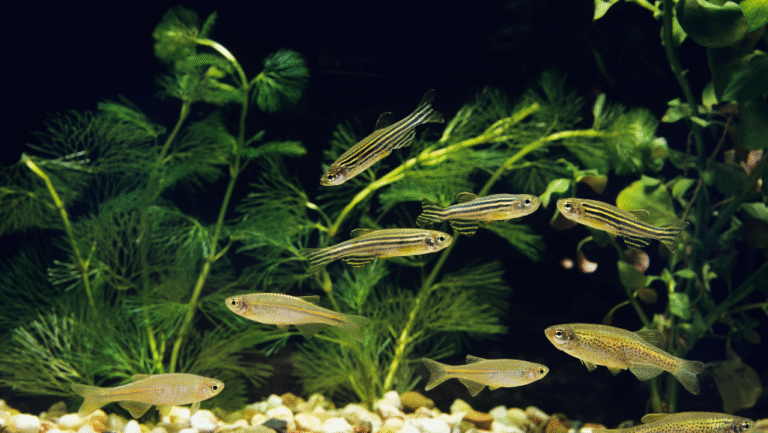
Community Aquarium Basics: Choosing Fish and Setting Up a Small Fish Tank
Starting a small community aquarium is an exciting and relatively easy way to get into the hobby. Choosing the right fish and understanding how adult size and temperament affect compatibility are the first steps to a thriving setup. Many species are well-suited for smaller tanks, but note that very small systems (like 5-gallon tanks) limit your choices and require extra attention to water quality and stocking. This guide covers practical tank setup, how to pick compatible fish, and the maintenance habits that keep a healthy freshwater aquarium. Whether you’re planning a 5‑gallon nano or a 20‑gallon community tank, you’ll get clear steps, species suggestions, and real-world tips to create a balanced, attractive display. Follow this guide to set up your first community aquarium confidently—whether you’re looking for a peaceful display of schooling fish or a mixed community with bottom dwellers. The sections below explain setup essentials, choosing friendly species, acclimation, maintenance, and when to upgrade as your skills grow. Key Takeaways Pick fish that will fit your tank at full adult size to avoid overcrowding. Focus on species that thrive in small community setups and get along well together. Proper setup and regular maintenance are essential—especially in smaller tanks where conditions change more quickly. Compatibility (size, temperament, and water needs) prevents conflict and stress among community fish. If you want a relatively easy start, choose hardy freshwater species and follow step-by-step care guidance in this content. Introduction to Aquarium Fish Keeping Keeping a community aquarium is a rewarding hobby that combines creativity, responsibility, and the simple pleasure of watching aquatic life thrive. Whether you’re attracted to the bright colors of tropical fish or the calm of a planted freshwater display, a well-planned fish tank can fit many lifestyles and living spaces. A community aquarium is a tank stocked with multiple compatible fish species that coexist peacefully — typically a mix of schooling mid‑water species, peaceful top swimmers, and bottom dwellers. Choosing the right species is the foundation: many beginners find livebearers like guppies to be one popular, hardy option because of their small adult size and adaptability. However, remember that nano tanks (5–10 gallons) limit options and need stricter water quality control. Proper care and routine water testing sustain a healthy environment. Local fish stores are valuable allies — ask them about water testing services, current stock levels, and species compatibility for the tank size you’re planning. If you’re just starting, look for hardy freshwater species and merchandise labeled “community” or “beginner‑friendly.” What begins as a casual interest can become a year‑round commitment to learning and improving your setup. From selecting compatible fish to mastering basic maintenance, the process is educational and enjoyable. If you’re looking for an in-depth, step-by-step walkthrough, see this step-by-step resource to get started. Setting Up Your Aquarium for Success…








Our Promise
Why Choose Aqua Joy Life?
Dive into Aqua Joy Life—where passion meets tranquility. Experience the beauty and serenity of life underwater with our expert guides, Start your peaceful aquatic journey today and bring a slice of the ocean into your home!
- Deep Expertise: Leverage years of aquarium care knowledge from seasoned experts.
- All-in-One Resource: From setup guides to care tips, find everything aquatic in one place.
- Top-Quality Products: Access a handpicked selection of the best aquarium supplies available.
- Community Support: Join an active community with enthusiastic, supportive fellow aquarists.
- Innovative Solutions: Stay ahead with the latest in aquarium technology and eco-friendly trends.
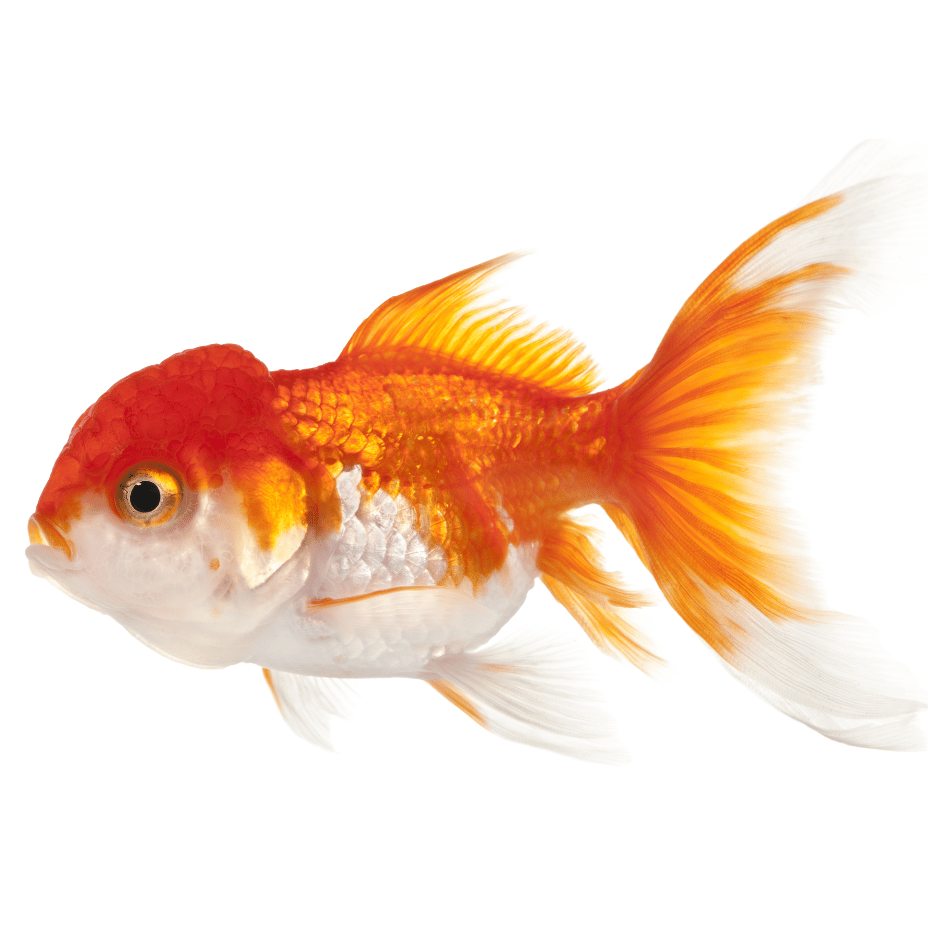
General Recommendations
- Begin with the largest tank you can afford and accommodate. Larger tanks are more forgiving with water quality fluctuations and allow for more stocking flexibility.
- Consider future needs. Fish grow and may require more space than initially expected; plan accordingly.
- Factor in equipment space. Ensure there’s enough room for filters, heaters, and other necessary equipment, which might take up space inside or outside the tank.
Good Quality! Highly recommended at Aqua Joy Life



